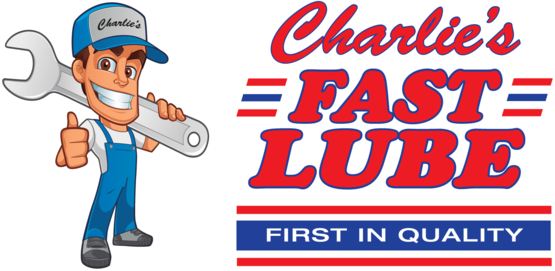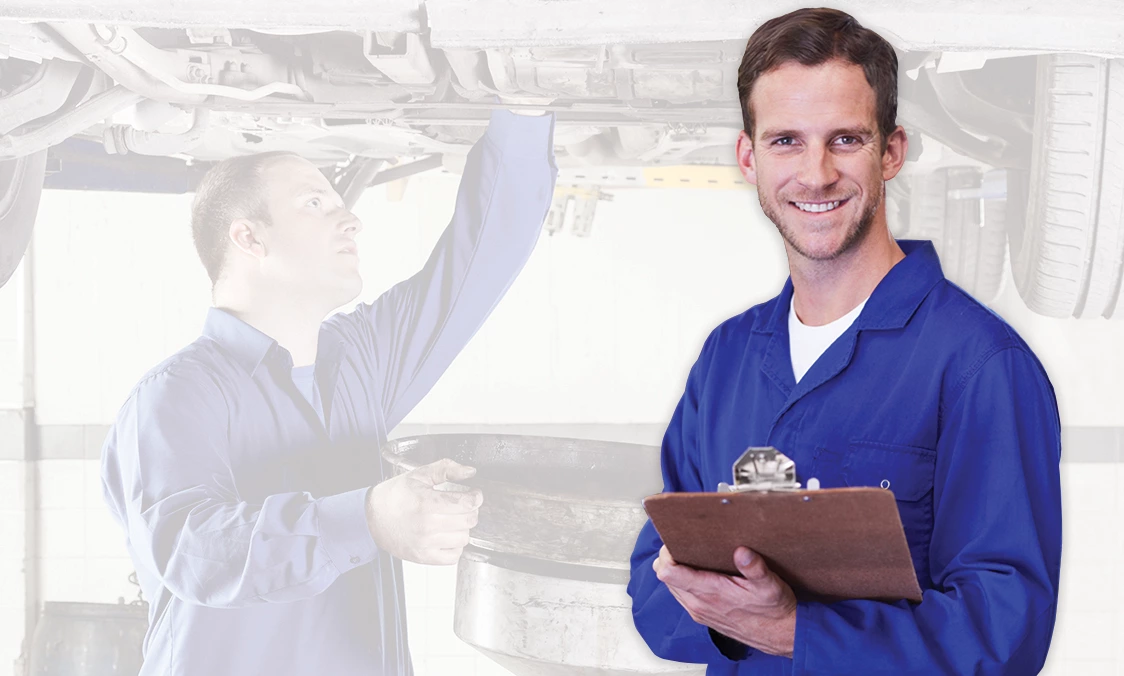When Are Your Tires Worn Out?
August 21, 2022
Hey Anna area drivers, are your tires worn out? What is the standard for our Illinois streets? How can you tell on your vehicle?
While there may be legal requirements for the Anna area, there are safety concerns that go beyond meeting minimum replacement mandates.
Two-thirty-seconds of an inch is the depth of the tire tread wear indicator bars that US law has required to be molded across all tires since August 1, 1968. When tires are worn so that this bar is visible, there's just 2/32 of an inch – 1.6 millimeters – of tread left. It's that level of wear that's been called into question recently.
We're referring to the tread depth on a tire, it can't move surface water out of the way and you start to hydroplane.
In a safety study, a section of a test track was flooded with a thin layer of water. If you laid a dime on the track, the water would be deep enough to surround the coin, but not enough to cover it.
A car and a full-sized pick-up accelerated to 70 miles per hour, or 112 kilometers an hour, and then made a hard stop in the wet test area. Stopping distance and time were measured for three different tire depths:
- New tire tread depth
- 4/32 of an inch, or 3.2 mm
- 2/32 of an inch, or 1.6 mm
So what happened with the 2/32 inch/1.6 mm tires on the car? Get this – when the car had traveled the distance required to stop with new tires, it was still going 55 mph/89 kph. Stopping distance was nearly doubled to 379 feet/116 meters, and it took 5.9 seconds.
Wow! That means if you barely have room to stop with new tires, you would hit the car in front of you at 55 mph/89 kph with the worn tires.
Now, with the partially worn tires – at 4/32 of an inch, or 3.2 mm – the car was still going at 45 mph/72 kph at the point where new tires brought the car to a halt. It took nearly 100 feet, or about 30 meters, more room to stop and 1.2 seconds longer. That's a big improvement. We can see why Consumer Reports and others are calling for a new standard.
Of course, stopping distances were greater for the heavier pick-up truck.
How do you know when your tires are at 4/32 inch or 3.2 mm? Easy; just insert an American quarter into the tread. Put it in upside down. If the tread doesn't cover George Washington's hairline, it's time to replace your tires. With a Canadian quarter, the tread should cover the numbers in the year stamp.
You may remember doing that with pennies. A penny gives you 2/32 inch, or 1.6 mm, to Abraham Lincoln's head. The quarter is the new recommendation – 4/32 inch, or 3.2 mm.
How do people feel about replacing their tires earlier? Well, tires are a big ticket item and most people want to get the most wear out of them that they can. But do you want that much more risk just to run your tires until they are legally worn out?
For us, and we would guess for many, the answer is "no".
Charlie's Fast Lube Anna
1215 East Vienna St.
Anna, Illinois 62906
618-833-4999
http://www.charliesfastlubeanna.com
Need Service?
More articles from Charlie's Fast Lube Anna

What?s That Yellow Squiggly Line Anyway? (What Warning Lights Mean)
January 4, 2026
You may have noticed when you start your vehicle, youll see several symbols light up on the dash. Theyre different colors and shapes, and sometimes its hard to figure out what each of those symbols mean. They are warning lights and symbolize something in your vehicle is sending you a message. I... More

Sounds Exhausting! (Exhaust Service)
December 28, 2025
Most of us know a bad muffler when we hear it. That loud, rumbling sound is unmistakable. Did you also know you can get a ticket for driving around with a loud exhaust system? If your exhaust system has a leak in it, it may be allowing poisonous gases inside your vehicle and could make you serio... More

Battery Replacement for Your vehicle
December 21, 2025
Modern vehicles in and around Anna run on 12 volt electrical systems. 12 volts is enough to get the job done for Anna drivers without having so much power that there is danger of electrocution. But today's vehicles have more electrical components and do-dads than ever before. This really strains... More










